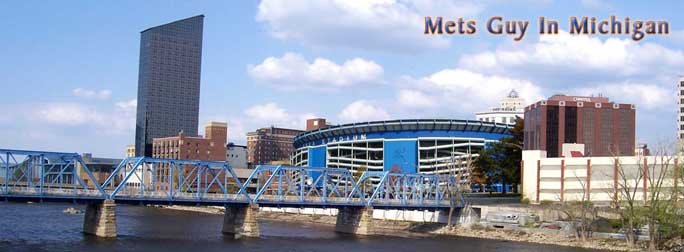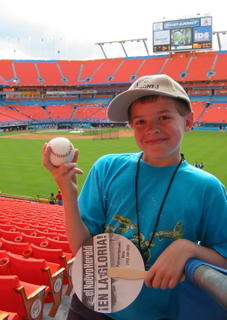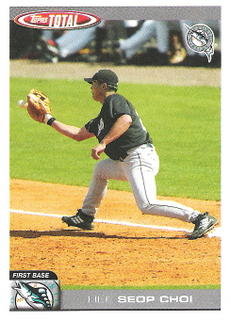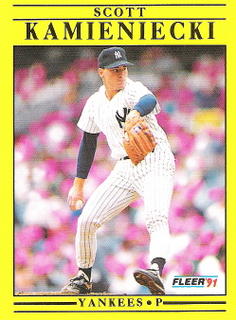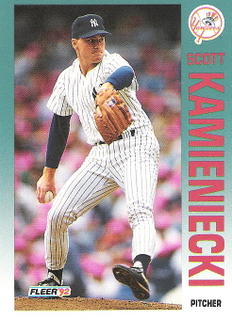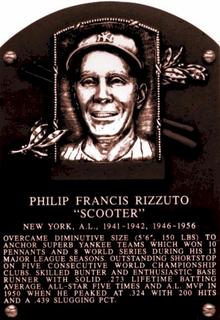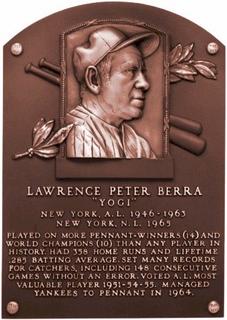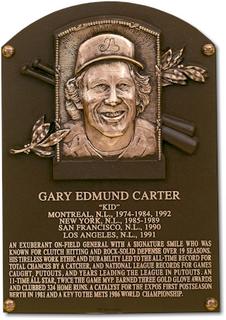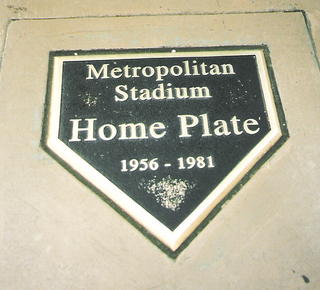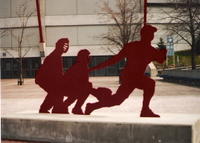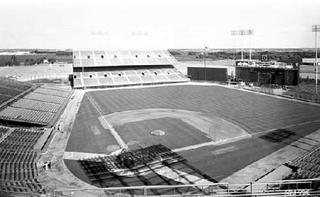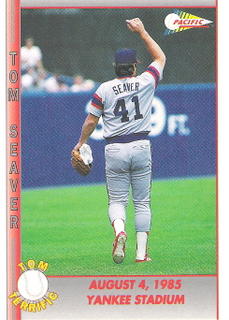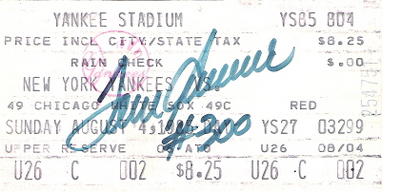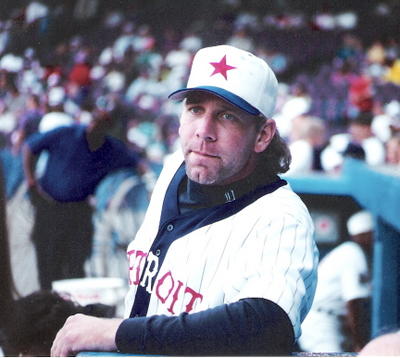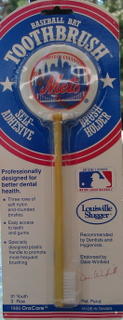 Clem Labine pitched for two champions -- and the lowly 1962 Mets.
Clem Labine pitched for two champions -- and the lowly 1962 Mets.I was showing off my glorious flannel Mitchell & Ness reproduction of Tom Seaver’s 1969 jersey at a card show where members of the 1962 team were signing autographs.
Clem Labine looked up after signing my Mets history book and smiled.
“Hey, you’re wearing my jersey,” he said.

I wasn’t sure what to do. I didn’t know if the old guy had kind of lost it, but I didn’t want to be rude.
“I think this is Tom Seaver’s jersey, Mr. Labine,” I carefully responded.
“Nope. I was No. 41 first. Look it up.”

It finally sunk in. For some reason it never occurred to me that other Mets had worn No. 41. I assumed it was the exclusive property of “The Franchise” – and me.
I’ve been wearing No. 41 as a tribute to Tom for as long as I’ve been wearing anything with a number.
One of the responsibilities of being the coach of the Flint Journal’s coed softball team all those years was ordering our jerseys. Being a certifiable uniform junkie, I put great effort into designing our gameware each year. I’d spend the winter planning.
 We didn't always play well, but we looked awesome!
We didn't always play well, but we looked awesome!Our colors were black, red and white because we were a newspaper team. You know the joke from the era before USA Today: “What’s black and white and red (read) all over?
And of course, I got first choice on the numbers. It was a given that No. 41 was locked up.
Looking through the history books, it might have been better if the Mets had locked 41 in the closet until Seaver arrived.
Labine had a nice career, finishing with a 77-56 record in 13 years winning World Championships with the Brooklyn Dodgers in 1955 and Pittsburgh Pirates in 1960 -- beating vile Yankees both times!
But his magic was gone by the time the expansion Mets were grabbing former Dodgers and Giants. Labine appeared in 3 games, pitching 4 innings and posting an ugly 11.25 ERA before being released.
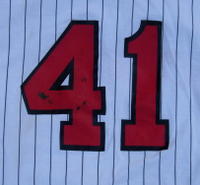
No. 41 didn’t fare much better the next year, when Grover Powell wore it in 20 games, wrapping up with a 1-1 record and 2.72 ERA.
Jim Bethke wore the number in 1965, with a 2-0 record and 4.28 ERA. But he gave way to Gordon Richardson later that year, who went 2-4 in 50 games over the remainder that season and 1966.
Of course, Seaver debuted in 1967, and today it hangs on the wall at Shea Stadium with Casey, Gil and Jackie.
At the press conference when Seaver announced his retirement in 1987, a reporter asked him how he game upon the number that would be as identifiable to him as No. 3 is with the Babe, No. 44 with the Hammer and No. 9 with the Splinter.
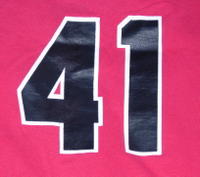
“It’s a very romantic story,” Seaver said with a smile. “I arrived at my locker on my first day and it was hanging there.”
That equipment manager in 1967 had no idea about the important role he’d play in Journal coed softball uniforms somewhere down the line.
In Other Words...
Thanks to the folks at Mets by the Numbers, an amazingly detailed site about every number worn by every Mets player and more. It's one of those site that you start reading, then suddenly realize an hour has gone by.
